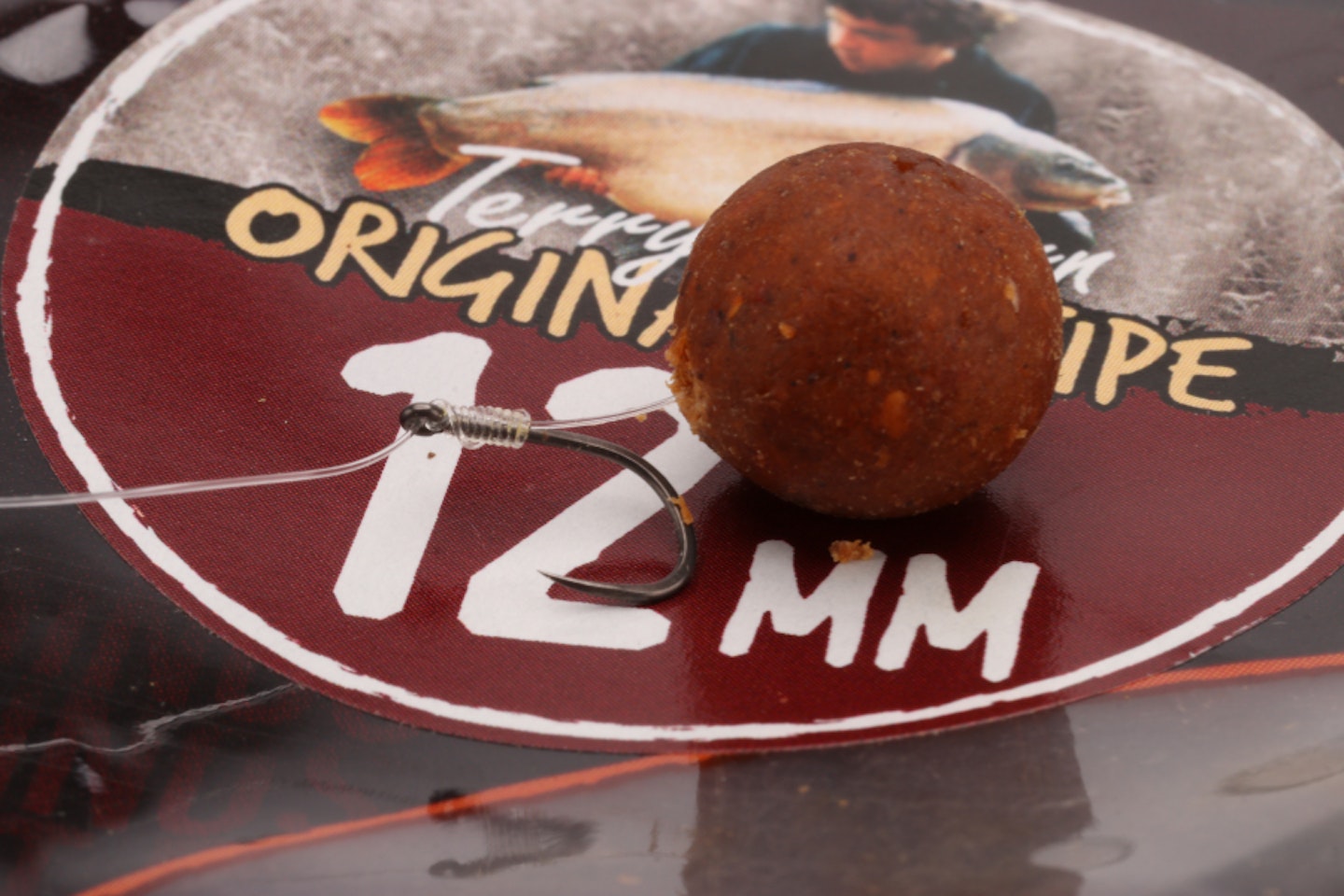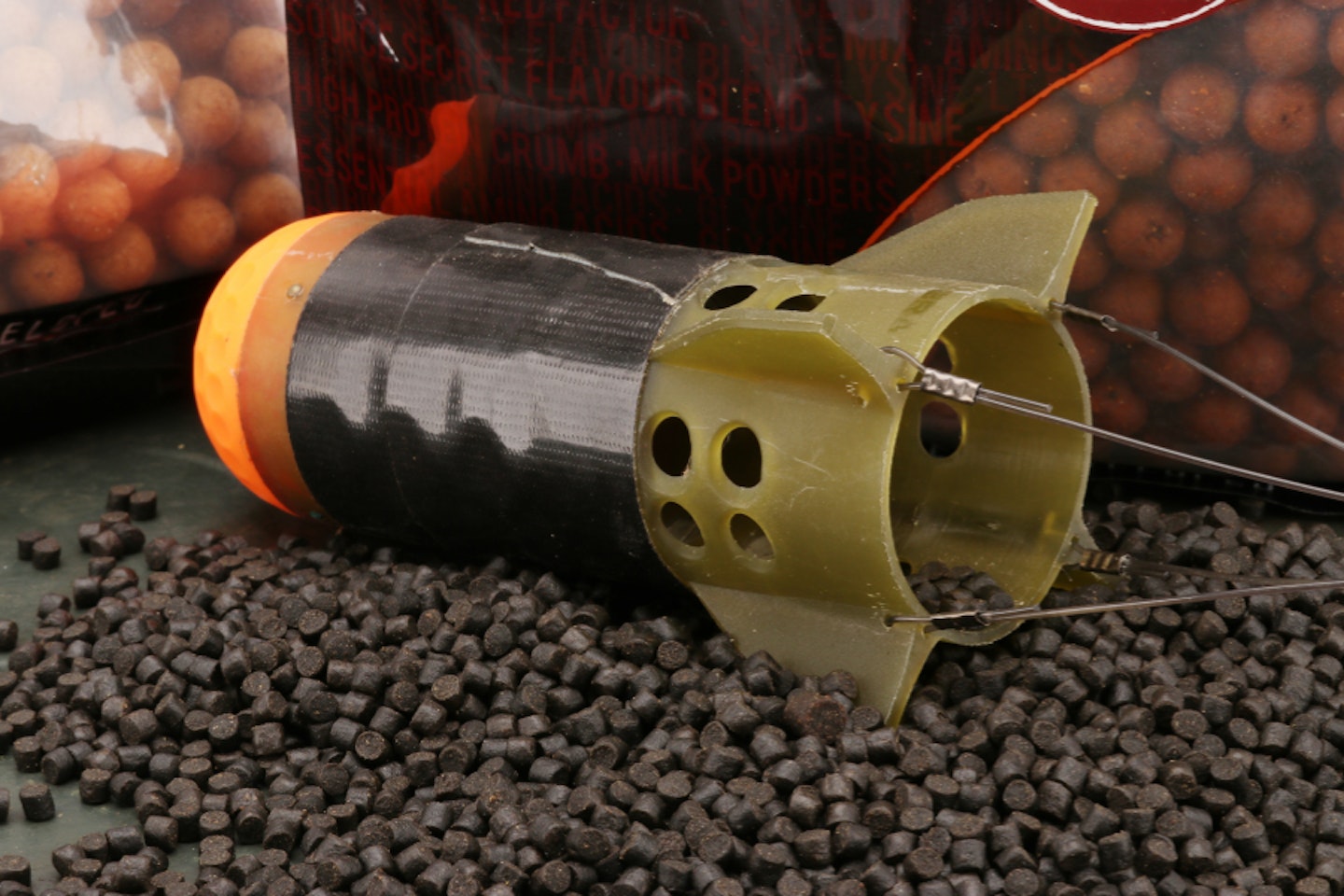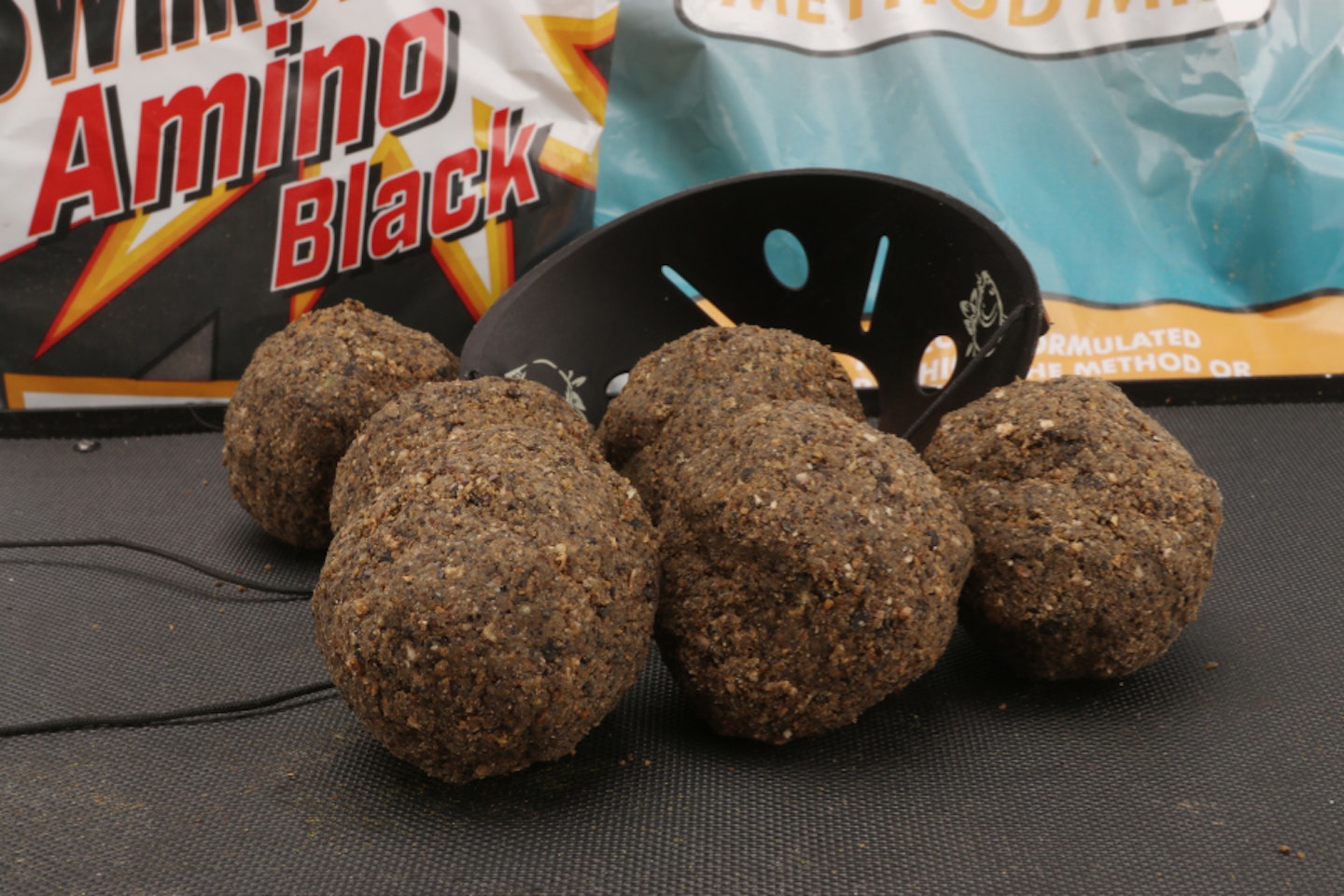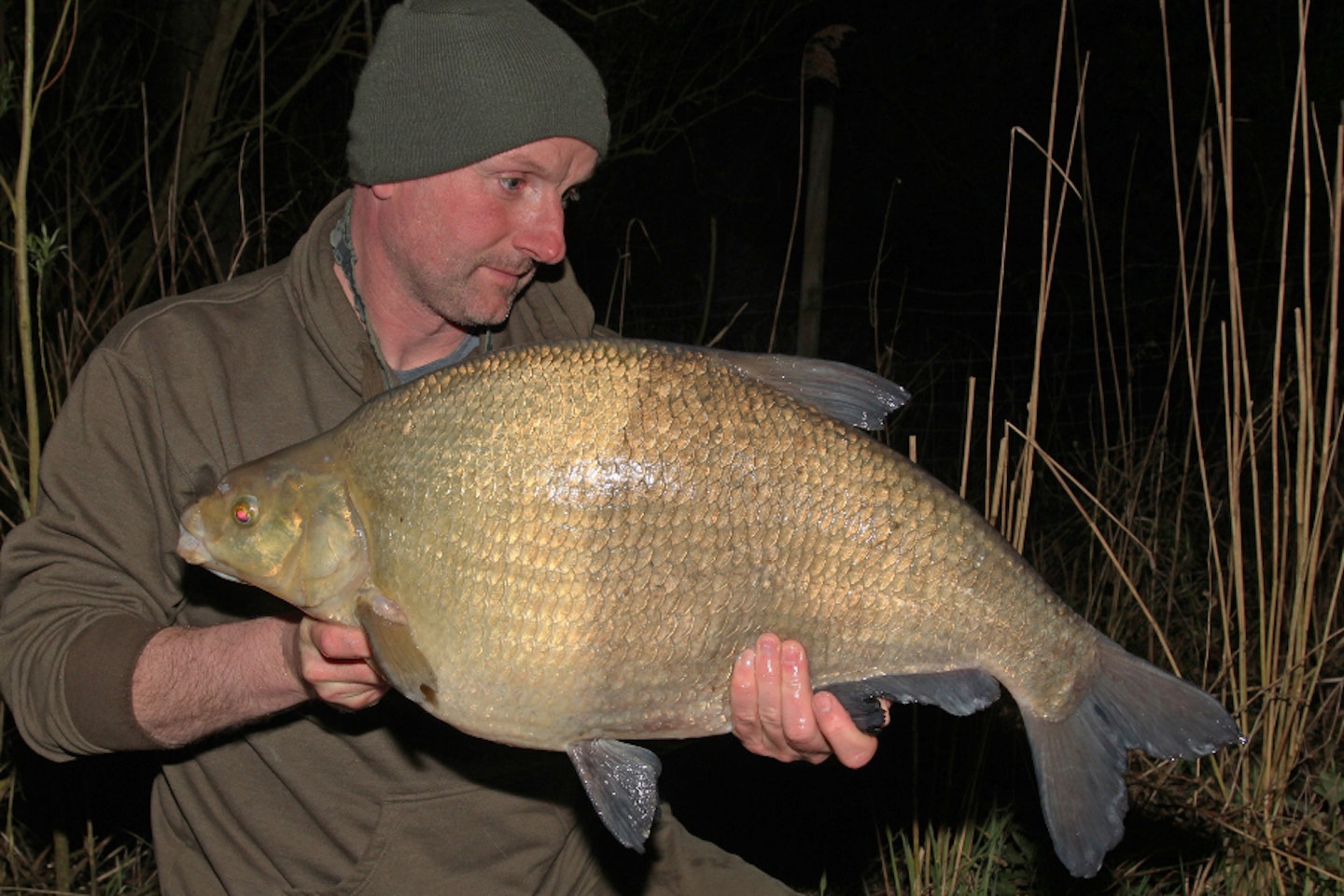In summer, bream can be preoccupied with naturals, but once the natural larder declines and the fish feed up before the cold months ahead, you’ll find they become a lot more catchable.
A lot of bream fishing these days will likely take place on carp fisheries, and this influences the baits and tactics that you use. Natural baits will certainly work, and sometimes have the edge, but a scaled-down carp approach can be more convenient and pay dividends. You might pick up the odd big carp, too, which is a nice bonus.
Big bream on boilies
Bream in these fisheries are tuned into boilies. After all, there is hardly a day that goes by when they don’t come across them. It makes sense to cash in on this fact and utilise boilies in your approach. You can use either two 12 mm boilies or a 15 mm bait shaved down to a barrel shape. These smaller hookbaits are more manageable for a big bream and often bring a few more bites.
Boilies are tough, so if you leave the rods out all night, they’ll keep fishing with the bait intact. You’ll catch bream on a wide range of boilies, but fishmeal-based baits often have the edge. Don’t bait up too heavily with mini boilies; add just a scattering to your feed, as they are quite filling.
USE THE BEST SPECIMEN FISHING RODS TO TARGET BIG BREAM.

Suckers for sweetcorn
Another bait widely used on carp fisheries, and a great bream bait, is sweetcorn. You can use a stack of two or three pieces on a hair rig, or a mini boilie and plastic corn cocktail hookbait. You can catch many big bream on this combination, and underwater observations show how well a sweetcorn hookbait stands out amid a scattering of boilies.
IF YOU WANT TO CATCH YOURSELF MORE BIG BREAM, WE HAVE SOME EXCELLENT TIPS HERE...

Spod in the particles
Spodding out a bed of feed for bream can be time consuming, especially at long range, but if you keep your casting accurate, concentrating bait along a feature such as a gravel bar can be a killer tactic. You can feed mostly small pellets that give maximum attraction without filling the fish up.
Halibut pellets are a top choice, and to these you can add some corn and a few 12mm boilies to give the fish a taste for the hookbait. You don’t need huge amounts of bait; a couple of pints spodded accurately are ample.
USING ONE OF THE BEST SPOD RODS IS THE KEY TO ACCURATE SPODDING.

Slow breakdown groundbait
If you are fishing overnight, keep in mind that groundbait will disperse over time. Undertow and fish movement spread the bait and lessen the effect. This is why you can use a fairly stiff groundbait mix that breaks down slowly. It will also hold more feed without breaking up.
Traditional pellet-based Method groundbaits are ideal for bream, and you can add some black groundbait to darken the mix. Even if you expect most bites at night, it is still important to use a groundbait that blends in with the lakebed. Sweet liquid binders are a useful addition to help hold it together.
LEARN HOW TO PREPARE GROUNDBAIT IN THIS EXPERT GUIDE.

Bag a specimen bream
As the nights draw in you can devote more time to specimen bream. With so many venues holding double-figure fish, this is an achievable target, and you’ll feel the anticipation as you prepare your spread of bait and then carefully position a couple of rigs over the top. As the light fades and line bites begin, it’s just a matter of time before the bobbin lifts and holds as a big slab picks up your irresistible hookbait.
DISCOVER A VENUE NEAR YOU TO CATCH A SPECIMEN BREAM IN OUR WHERE TO FISH GUIDE.

